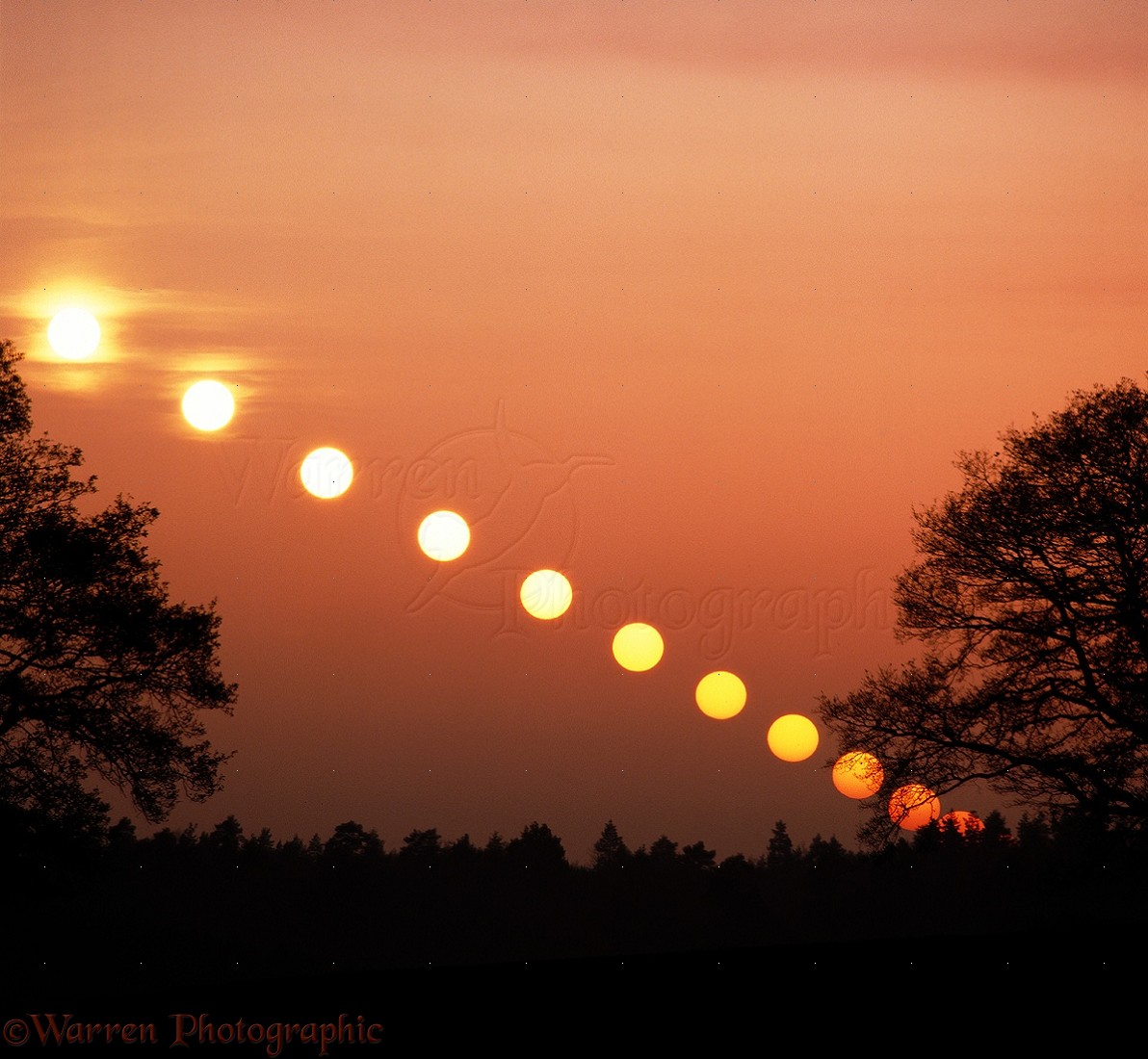
(melting of the Himalayan region)
Next, I observed the region of South Asia's projected and current climate changes using the IPCC's database. All of these observations are based off of physical science basis's. In recent years decreased precipitation has been observed along the Indian monsoon trough, compared to years past. It could be due to any number of reasons, but scientists are claiming it is an effect of black carbon, and sulphate aerosols. Projections for the future include a rise in temperature and a strong seasonality change. The largest concern with the projected temperature increase is the melting of the Himalayan region. In addition to rivers flooding and effects from the melting, the increased temperatures will strengthen summer monsoons which will create extreme rainfalls.
Looking deeper into the effects of climate change in Asia as a whole, there are many factors that could contribute to its environmental degradation. There is a concern of droughts and water scarcity due to the poor management of water systems in Asia. Water will also be hard to find due to the increasing population and climate changes. It is predicted that areas with heavy poverty will not be able to adapt time for the environmental changes to come. There will be fewer growing periods for the cash crop of rice, due to the increase in heat waves. In addition to fewer growing days, the population and well being of Asia as a whole will suffer from heat waves. With sea level projected to significantly rise, low level cities will be in danger. With the heat waves, and increasing temperature malaria, dengue fever, and diarrhea outbreaks are predicted to increase. Along with the rising sea levels, increased precipitation will cause flooding, mostly affecting areas with poverty, or non-developed areas. The largest concern is the undeveloped and less up to date regions of Asia, will take the hardest hits to the climate change. On the other end of the spectrum it is encouraged that larger cities take action to have more sustainable development plans to help reverse the affects of climate change.
 source
source( Nepal is at high risk)
The most interesting threat I found was the change in the distributions of species and biomes. There will be trees invading treeless vegetation, and a rising CO2 level will increase evergreen forests. While all of this is taking place the tundra will rapidly decrease due to an increase in precipitation. A projected decline in bat species is a threat to many different types of bats, because of the vegetation and ecosystems they thrive off of. Species that are limited to the specific region they thrive in will be at risk the most, because they cannot escape or adapt fast enough. I find this topic interesting, because we are so used to what the Earth is to us, it is hard to imagine that it would change. I feel like in our generations lifetime we will witness a vast change in the Earth's environment, and we can be a part of making the change a positive one. In terms of this topic, I think that change with topography and the vegetation, and species of the Earth is inevitable. Things evolve constantly adapting to new changes, while it may wipe out certain species, that has already been happening the Earth's whole lifetime.









